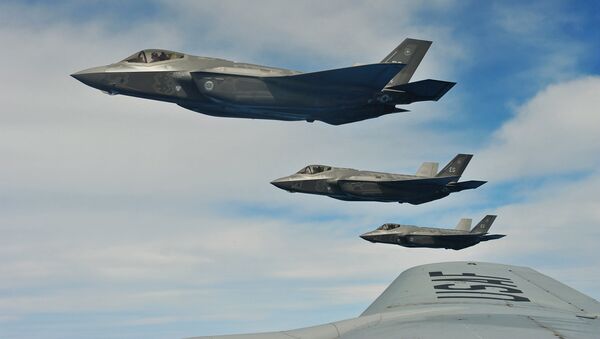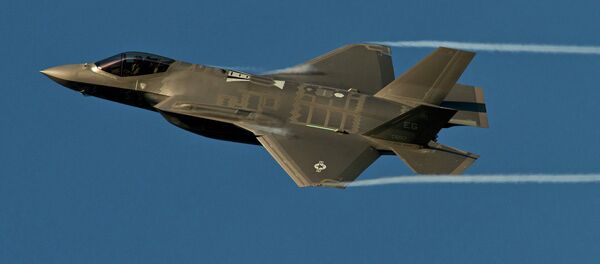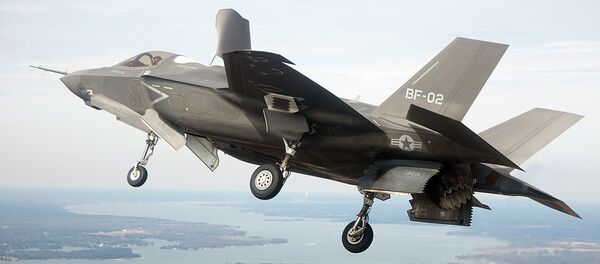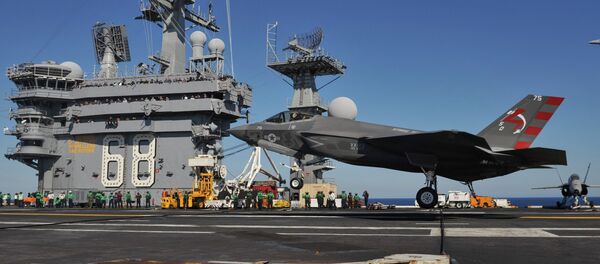Last month, the US Marine Corps declared initial operational capability for its variant of the F-35. Those capabilities do not include weapons systems or the state-of-the-art communications upgrades, but it’s still a significant step for the nearly $400 billion boondoggle that is the F-35.
Still, even the jet’s flight performance has led many experts to question whether the F-35 could even outmaneuver its predecessor, the F-16.
But in the latest twist, Pentagon officials are giving conflicting reports about just how many F-35s are even necessary for the US military.
"Given the evolving defense strategy and the latest Defense Planning Guidance, we are presently taking the newest strategic foundation and analyzing whether 2,443 aircraft is the correct number," Gen. Joe Dunford wrote in a testimony last month.
Chief of Naval Operations, Adm. John Richardson, indicated a similar sentiment, suggesting that the order number could decrease in the interest of budget concerns.
But on Tuesday, Pentagon spokesman Peter Cook contradicted Dunford’s claim that an official review was underway.
"We’re not making any formal evaluation or revisit to those objectives at this particular moment in time," Cook said, according to Defense News.
"Every program is going to be under review, F-35 or otherwise, but I wouldn’t suggest to you there has been any change in the outlook for the F-35."
This assurance seemed to be echoed by Lt. Gen. Jon Davis, deputy commandant for Marine aviation, who expressed his concern over the gap left by retiring aircraft.
"Right now, I can’t imagine wanting to cut back on the buy, because right now I’m replacing a greater number of F-18s, Harriers and Prowlers," Davis told Defense News.
"Obviously I’ll defer to the commandant and do what he says. He and I have not talked about reducing the number of F-35s, so I’d have to go back and talk to him about that."
However many jets the Pentagon ultimately decides to buy, they could be of little value in the battlefield. A number of military experts have determined the F-35 to be a largely flawed machine, especially in comparison to its counterparts in the Russian and Chinese militaries.
"The F-35 Joint Strike Fighter – a do-it-all strike jet being designed by Lockheed Martin to evade enemy radars, bomb ground targets and shoot down rival fighters – is as troubled as ever," defense expert David Axe told Sputnik.
"Any recent tidbits of apparent good news can’t alter a fundamental flaw in the plane’s design with roots going back decades."
Meant to ultimately replace the F-16 and A-10, Axe predicts the jet to be a vastly inferior fighter.
"Where once mighty American warplanes soared over all others, giving Washington a distinct strategic advantage against any foe," he said, "in coming decades the US air arsenal will likely be totally outclassed on a plane-by-plane basis by any country possessing the latest Russian and Chinese models…"





